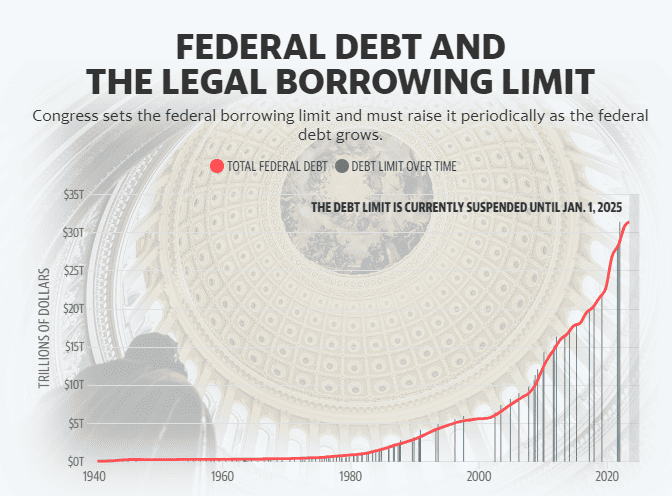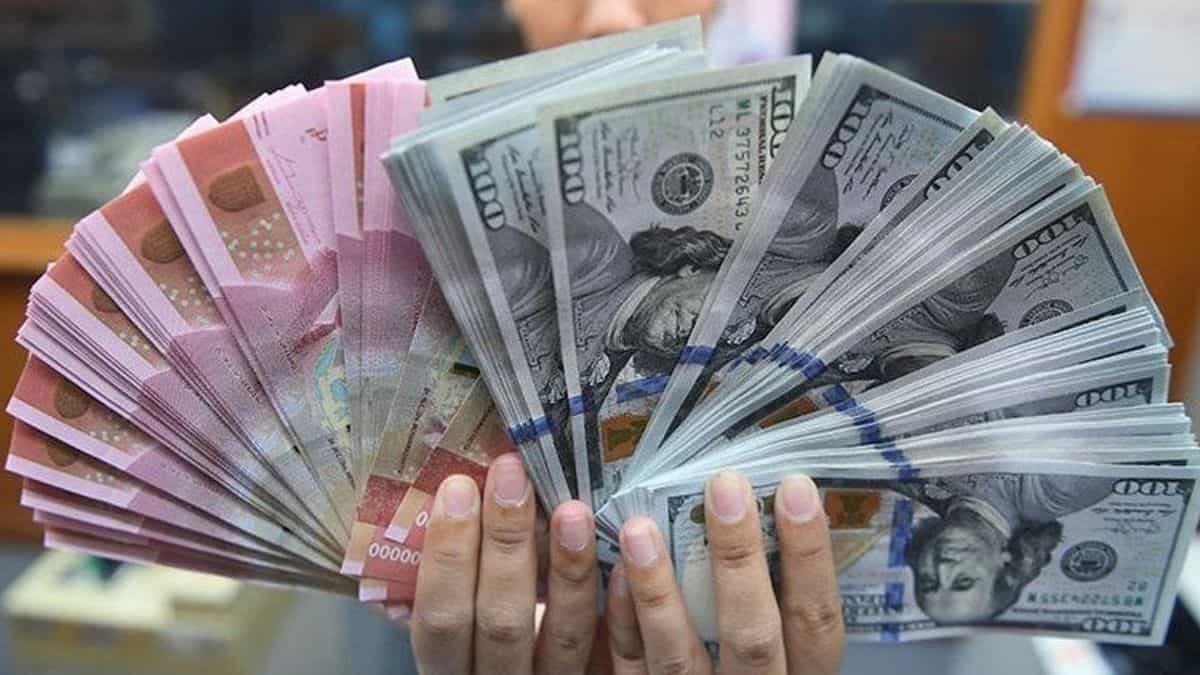The next cloud looming over investors as they already process banking instability and recession worries is a crisis with the debt ceiling.
Wall Street analysts predict that the 2023 debt-ceiling dispute will have an impact on markets over the coming weeks.
Janet Yellen, the Treasury Secretary, stated last week that the United States could default on its debt as early as June 1. The call prompted several analysts to move up their “X-date”—the anticipated date of the U.S. default—and Oxford Economics reports that the cost of one-year credit default swaps, which gauge default risk, has reached an all-time high.
Democrats asserted last week that the Republican plan would cause the United States to enter a recession, which has increased worries about that “X-date” approaching without a compromise being reached. Prior to a highly anticipated meeting on Tuesday between President Biden and Speaker of the House Kevin McCarthy, among other key congressional leaders, the two sides appeared to be at an impasse.
The head US economist at Oxford Economics, John Canavan, stated that “financial markets have taken previous close shaves on the debt limit in stride, but market participants are seeing greater political intransigence this time around, with both sides digging in their heels,” in a note published on Monday.

The White House stated last week that a default would result in “skyrocketing” interest rates and may bring about a “economic catastrophe,” which increased concern about the effects of a default.
With recession worries, a tightening credit market, and the most aggressive interest rate hike cycle in 40 years—all of which have already had an influence on markets at different periods this year—the current crisis is set against an unsteady macroeconomic background.
According to Bank of America, stock market concerns about the debt ceiling typically don’t affect prices until two weeks before the anticipated default day.
Markets may have to wait another week, but BofA asserted that pressure is still expected to build.
In a letter to customers on May 4, BofA stated, “We expect this [debt limit] resolution will likely go down to the wire, which means risk of… higher rates [and] broad market volatility in late May or early June.”
Some are drawing comparisons between the current political climate and that of 2011, when President Barack Obama led the Democratically-led White House against a Republican majority. On May 16, 2011, the United States’ debt ceiling was formally reached. That month saw the S&P 500 reach its highest gains of the year before taking a nosedive over the following few months as the debt ceiling debate continued.
This year, stocks have followed a similar path, with the S&P 500 up over 8% since the start of 2023. The debt limit situation, according to Evercore ISI, may go similarly to how it did in 2011.
In a letter to clients on Sunday, Evercore ISI macro research analyst Julian Emanuel stated that a debt ceiling settlement “is unlikely until a degree of concern is seen in stocks (Retest of SPX 3,800), as exhibited in U.S. [credit default swaps]”.
Evercore and Emmanuel do not forecast a significant increase in the S&P 500 this year due to the debt crisis and other issues.
However, there might be alternatives. Bill Gross, a former chief investment officer at Pacific Investment Management, advised investors to purchase short-dated Treasury bills in the event that the debt ceiling problem is addressed.

